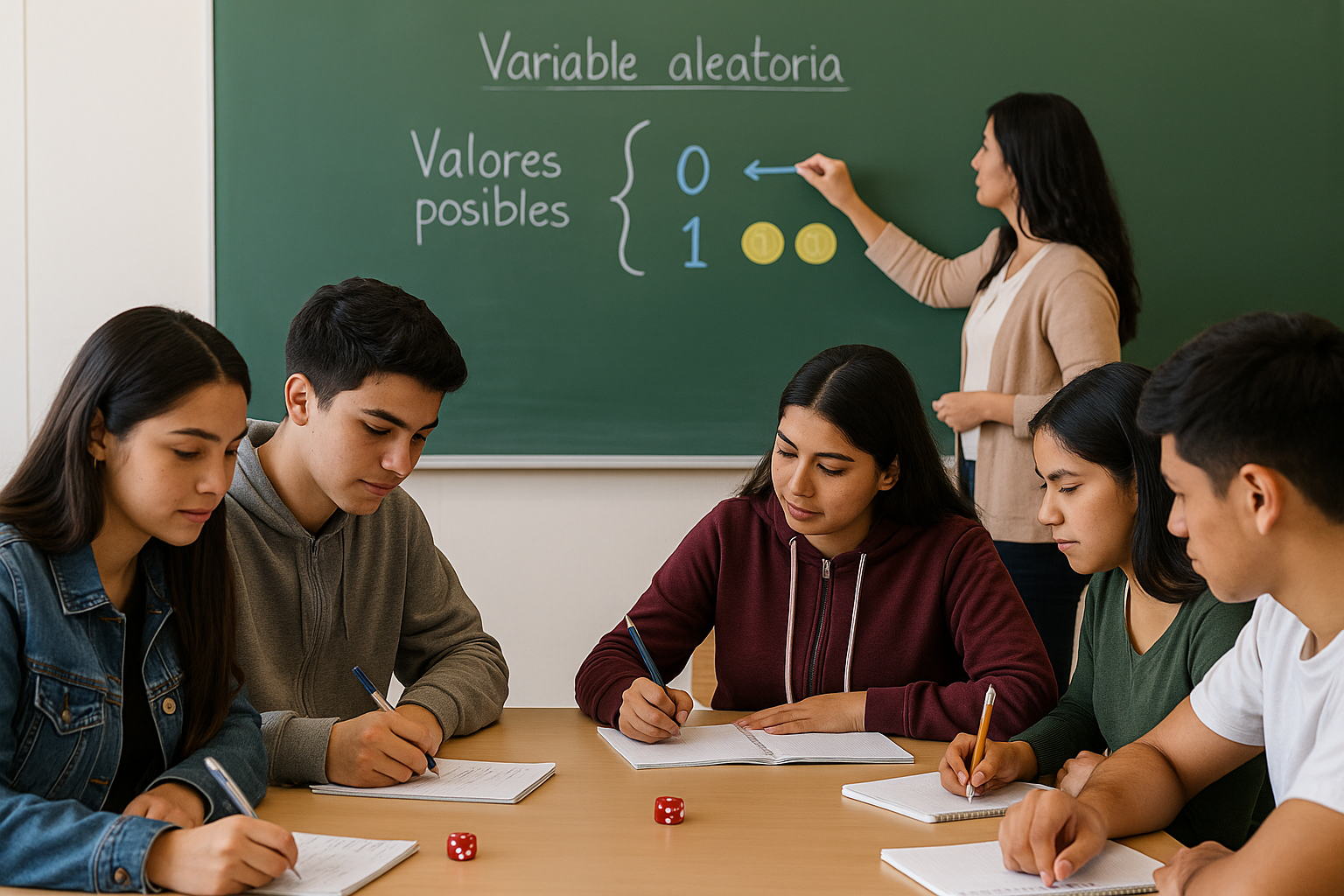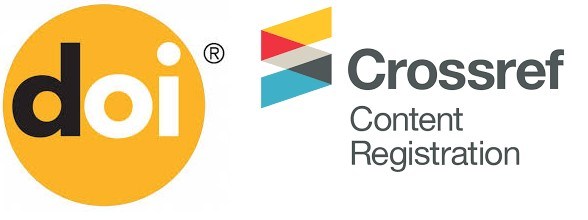Representation in the teaching of random variables in secondary education: A case study
DOI:
https://doi.org/10.46219/rechiem.v17i2.142Keywords:
Mathematical skills, pedagogical practice, mathematical representation, technological resources, Mathematical Working SpaceAbstract
The ability to represent mathematical ideas is a fundamental component of teaching and learning mathematics. However, in the Chilean context, mathematics classrooms remain largely characterized by traditional approaches that limit the development of this skill. This study aims to examine the teaching practices of a mathematics teacher in a school located in the municipality of Lota, Chile, through a qualitative approach and a case study design. The analysis is grounded in the theoretical frameworks of semiotic representation registers and the Mathematical Working Space. Based on interviews and the analysis of classroom recordings, the findings reveal a limited understanding and application of representational skills by the teacher, as well as minimal use of technological resources. A strong tendency toward a traditional, unidirectional teaching style is observed, which restricts the depth at which this skill is addressed. The study identifies opportunities to enhance content knowledge, incorporate software into teaching practices, and strengthen didactic strategies to promote representational competence, emphasizing the need to update teaching practices in alignment with the demands of the Chilean curriculum.
Downloads
References
Alpízar Vargas, M., Barrantes Quirós, J. P., Bolaños González, H., Céspedes López, M., Delgado Carvajal, E., Freer Paniagua, D., Padilla Mora, E. R., y Víquez Ortiz, M. F. (2012). Aspectos relevantes sobre la formación docente en I y II ciclos en los temas probabilidad y estadística. Revista Electrónica Educare, 16(2), 113–129.
Araneda, A., Parada, M., y Vásquez, A. (2008). Investigación cualitativa en educación y pedagogía. UCSC.
Arteaga, B., y Macías, J. (2016). Didáctica de la matemática en educación infantil. UNIR.
Azocar, K., Bara, M., y León, N. (2013). Planificación de la matemática escolar como elemento clave en la formación del docente. Paradigma, 32(2), 177-200. http://revistaparadigma.online/ojs/index.php/paradigma/article/view/524
Chamorro, M. (2005). Didáctica de las matemáticas. PEARSON.
D’Amore, B. (2009). Conceptualización, registros de representaciones semióticas y noética: interacciones constructivistas en el aprendizaje de los conceptos matemáticos e hipótesis sobre algunos factores que inhiben la devolución. Revista científica, (11),150-164. https://doi.org/10.14483/23448350.419
Duval, R. (2006). Un tema crucial en la educación matemática. La habilidad para cambiar el registro de representación. La Gaceta de la RSME, 9(1). 143-168. http://gaceta.rsme.es/vernumero.php?id=61
Duval, R. (2017). Understanding the Mathematical Way of Thinking – The Registers of Semiotic Representations. Springer.
Estrada, F., y Gamboa, M. (2023). Evaluación del aprendizaje de matemáticas basada en la reflexión metacognitiva en Educación Media Superior. Didáctica y Educación, 14(3), 259–276. https://revistas.ult.edu.cu/index.php/didascalia/article/view/1718
Grisales, M. (2018). Uso de recursos TIC en la enseñanza de las matemáticas: retos y perspectivas. Entramado, 14(2), 198-214. https://doi.org/10.18041/1900-3803/entramado.2.4751
Henríquez-Rivas, C., y Vergara, A. (2024). Relaciones teóricas en el ETM idóneo efectivo de profesores de educación secundaria. UCMaule, 67, 63-87. https://doi.org/10.29035/ucmaule.67.63
Henríquez-Rivas, C. y Verdugo-Hernández, A. (2023). Diseño de tareas en la formación inicial docente de matemáticas que involucran las representaciones de una función. Educación Matemática, 35(3), 178-208. DOI: https://doi.org/10.24844/em3503.06
Hernández Sampieri, R., Fernández Collado, C., y Baptista Lucio, P. (2014). Metodología de la Investigación. Mc Graw Hill.
Kadijevich, D. M., Stephens, M., Solares-Rojas, A., y Guberman, R. (2023). Impacts of TIMSS and PISA on Mathematics Curriculum Reforms. En Y. Shimizu y R. Vithal (Eds.), Mathematics Curriculum Reforms Around the World (Capítulo 22). Springer. https://doi.org/10.1007/978-3-031-13548-4_22
Kuzniak, A. (2011). L'espace de travail mathématique et ses géneses. Annales de Didactique et de Sciences Cognitives, 16, 9-24. https://halshs.archives-ouvertes.fr/halshs-01060043
Kuzniak, A., Montoya-Delgadillo, E., y Richard, P.R. (2022). Mathematical Work in Educational Context. Springer.
Kuzniak, A., Tanguay, D., y Elia, I. (2016). Mathematical Working Spaces in schooling: an introduction. ZDM Mathematics Education, 48(6), 721–737. https://doi.org/gf74w3
MINEDUC. (2013a). Matriz de Habilidades Tic para el Aprendizaje. https://bibliotecadigital.mineduc.cl/handle/20.500.12365/2165
MINEDUC. (2013b). ¿Qué dice el SIMCE TIC? Desarrollo de habilidades digitales para el siglo XXI en Chile. https://bibliotecadigital.mineduc.cl/handle/20.500.12365/2130
MINEDUC. (2015). Bases Curriculares 7° básico a 2°medio. https://n9.cl/n74mk
Mishra, P. y Koehler, M. (2006). Technological pedagogical content knowledge: A framework for integrating technology in teachers’ knowledge. Teachers College Record, 108 (6), 1017–1054. https://doi.org/10.1111/j.1467-9620.2006.00684.x
Páez, R.E., y Hitt, F. (2003). Dificultades de aprendizaje del concepto de límite de una función en un punto. Uno: Revista de Didáctica de las Matemáticas, (32), 97-108. https://www.grao.com/es/producto/dificultades-de-aprendizaje-del-concepto-de-limite-de-una-funcion-en-un-punto
Parra-Muñoz, J., y Díaz-Levicoy, D. (2025). El uso de tecnología para la enseñanza de la probabilidad en formación de profesores de matemática: una revisión sistemática. Revista Espacios, 46(02), 259-267. 10.48082/espacios-a25v46n02p20
Richard, P.R., Venant, F., y Gagnon, M. (2019). Issues and challenges about instrumental proof. Springer.
Ramírez, L., y Rodríguez J. (2023). Implementación de herramientas tecnológicas para enseñar probabilidad y estadística: una revisión sistemática. EDU Review, 11(2), 155–171.
Samuel, M., Seckel Santis, M. J., Parra, H., Garrido, R., y Cabezas, C. (2021). Teachers’ perceptions of the construction of mathematical concepts in everyday contexts. Revista de Ensino de Ciências e Matemática, 23(3). https://doi.org/10.17648/acta.scientiae.5615
Silva Pino, J.M. (2015). Educación en contextos vulnerables: una crítica al sistema educativo [Tesis de pregrado, Universidad Alberto Hurtado]. https://repositorio.uahurtado.cl/discover
Solís Zañartu, M.C., Núñez Vega, C., Contreras Valenzuela, I., Vásquez Lara, N., y Ritterhaussen Klaunning, S. (2016). Inserción Profesional Docente: problemas y éxitos de los profesores principiante. Estudios Pedagógicos, 42(2), 331-342. http://dx.doi.org/10.4067/S0718-07052016000200019
Stake, R. (2007). Investigación con estudio de casos. Morata
Videla, R., Rossel, S., Muñoz, C., y Aguayo, C. (2022). Online Mathematics Education during the COVID-19 Pandemic: Didactic Strategies, Educational Resources, and Educational Contexts. Education Sciences, 12(7), 492. http://dx.doi.org/10.3390/educsci12070492
Watson, A. y Mason, J. (2006). Seeing an exercise as a single mathematical object: using variation to structure sense-making. Mathematics thinking and learning, 8(2), 91–111. https://doi.org/10.1207/s15327833mtl0802_1

Downloads
Published
How to Cite
Issue
Section
License
Copyright (c) 2025 Francisco Guantecura Acuña, Hernán Morales Paredes

This work is licensed under a Creative Commons Attribution 4.0 International License.










